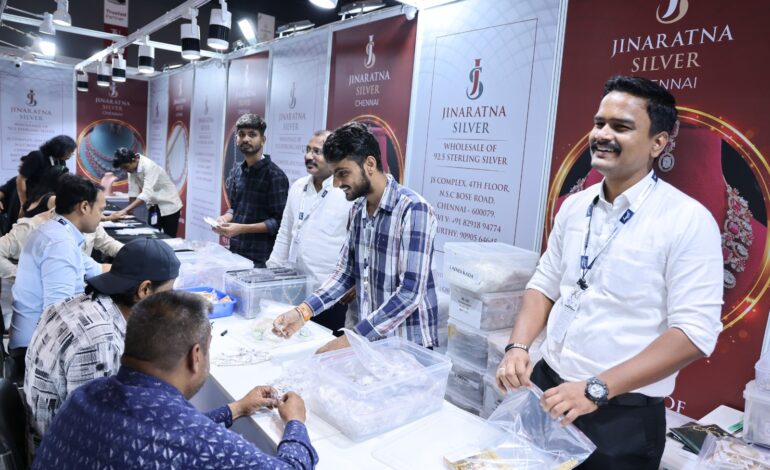Mumbai Diamond Exports Surge Ahead of New US Tariffs

In a dramatic increase in trade activity, Mumbai Customs cleared $319.9 million worth of cut and polished diamonds for export to the United States in the first four days of April, over five times higher than the same period last year.
With a 26% reciprocal tariff on Indian diamonds officially taking effect on April 9, exporters in Mumbai rushed to ship inventories ahead of the looming trade change. The sudden spike in exports reflects urgent efforts to avoid the additional costs and preserve India’s pricing edge in the U.S. diamond market.
The U.S. continues to be India’s largest diamond buyer, accounting for nearly one-third of the nation’s $32 billion gem and jewellery exports annually. However, the imposition of new tariffs—announced during former President Donald Trump’s administration—threatens to erode India’s longstanding cost advantage in the American market.
Supply Chain Pressure Mounts
This accelerated pace of exports has triggered concerns about supply chain efficiency. Many diamonds still undergoing the cutting and polishing process may not be ready in time, potentially causing shipment delays and creating disruptions in the trade pipeline.
Ripple Effects in Surat
The city of Surat, a global hub for diamond processing, is especially vulnerable. A decline in American demand could prompt production cuts, potentially impacting employment and operations across the region. Industry insiders fear that a prolonged tariff scenario may necessitate a reevaluation of workforce needs and supply strategies.
Balancing Trade Ties and Market Shifts
Despite the tariff, some market watchers believe U.S. companies will continue sourcing from India, citing established trade relationships and India’s reputation for quality craftsmanship. However, tighter margins and revised pricing strategies are inevitable as the industry adapts to the new landscape.
With the new tariffs now in force, India’s diamond trade enters a critical period of transition. Exporters and manufacturers must move swiftly to recalibrate strategies, manage logistics, and navigate this evolving global trade dynamic.




